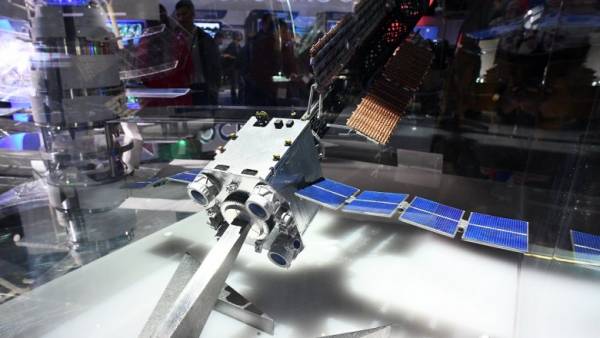
Scientists focus on working with more or less large objects — these are, for example, upper stages and fragments of satellites after an explosion or collisions.
The size of the objects that the projected device can handle will be up to 2-3 m in diameter and up to 5 m high.
To capture space debris, the satellite will be equipped with a robot manipulator.
The developers are also thinking about using the network — this option is already being worked out by Japanese specialists for some military drones.
Now there are almost about 34 thousand particles larger than 10 cm in space. Of course, it doesn’t make sense to remove all of them sequentially, but you can at least get rid of debris or important objects in geostationary orbit that pose a threat to the ISS.
The scavenger satellite will be about a meter in diameter. It is supposed to be launched into orbit using the Angara launch vehicle, the authors of the project reported. However, the satellite will surf the expanses of space with its own engine, the basis of the fuel will be hydrogen peroxide.